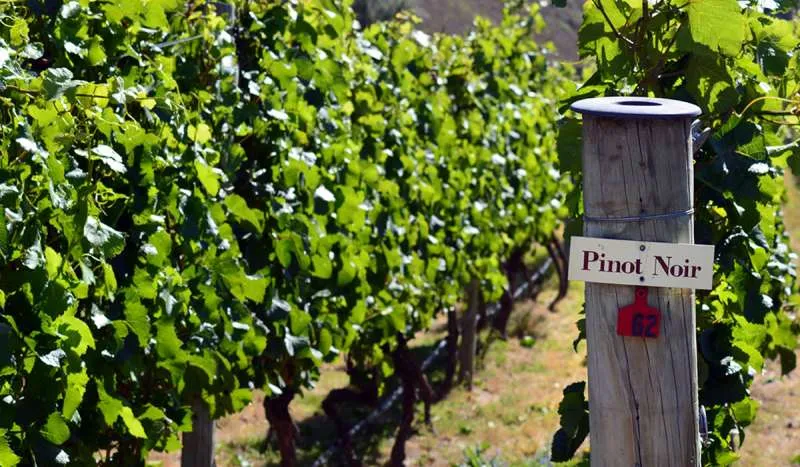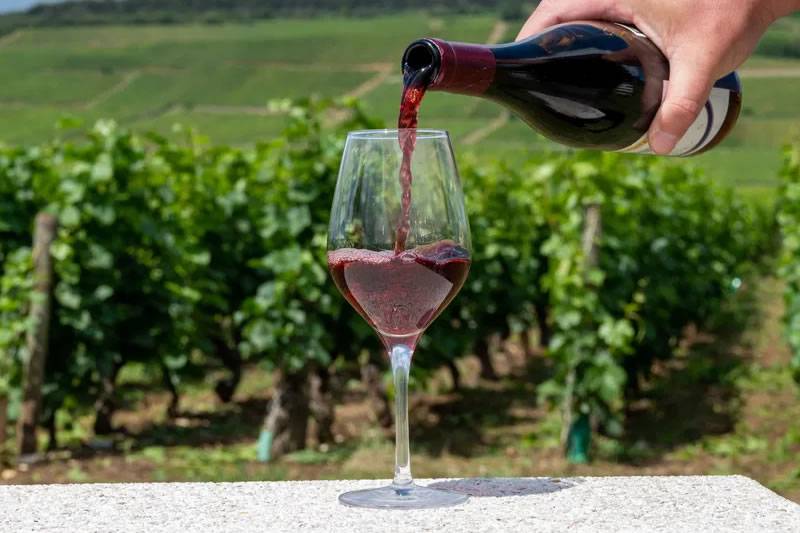How to create the best Pinot Noir
- 18-02-2025
- Business
- Canarian Weekly
- Photo Credit: De Bortoli
Creating the perfect Pinot Noir is both an art and a science. Known for its delicate flavours and complex aromas, this beloved wine requires careful attention to detail, from selecting the right grapes to mastering the fermentation process.
Whether you're an experienced winemaker or an enthusiast, understanding the key steps can elevate your Pinot Noir to its fullest potential. This article will walk you through the essential techniques for crafting the best pinot noir Australia.
1. SELECTING THE RIGHT GRAPES
Pinot Noir grapes are delicate and need the right climate to grow properly. The best regions for these grapes have cool temperatures, which help develop their complex flavours.
Additionally, the soil is important; grapes that are grown in soil that is rich in minerals and has good drainage produce better wine.
When selecting grapes, winemakers look for ones that are small, with thin skins, as these bring out the wine’s signature light body and smooth taste. Careful selection ensures that only the best grapes go into making Pinot Noir.
2. HARVESTING AT THE RIGHT TIME
Timing is important when harvesting Pinot Noir grapes. If picked too early, the wine will taste too acidic. A late harvest may result in an overly sweet flavour or a lack of equilibrium. The best time for harvest is when the grapes have the right mix of sweetness and acidity.
Winemakers often test the grapes by tasting them and checking sugar levels. Most Pinot Noir grapes are hand-picked to avoid damaging them. Proper harvesting ensures the best flavour for the wine.
3. FERMENTATION PROCESS
After harvesting, the grapes go through fermentation to turn the juice into wine. First, the grapes are crushed to release their juice. Then, yeast is added to start the fermentation process, where sugars turn into alcohol.
Pinot Noir is often fermented at a lower temperature to keep its delicate flavours. Some winemakers let the skins stay with the juice for a short time to add colour and depth. The process must be carefully managed to bring out the wine’s fruity and smooth taste.
4. AGEING FOR FLAVOUR DEVELOPMENT
Ageing is what makes Pinot Noir develop its rich and complex flavours. The wine is usually aged in oak barrels, which add hints of vanilla, spice, and smokiness. Both the type of barrel used and the amount of time spent ageing have an impact on the final flavour.
Some winemakers age Pinot Noir for a few months, while others let it sit for years. During this time, the wine becomes smoother, and its flavours blend. Proper ageing enhances the overall experience of drinking Pinot Noir.
5. BOTTLING AND STORAGE
Pinot Noir is filtered to remove any unwanted particles before being sealed in bottles. The bottling process must be done carefully to keep oxygen out, as too much exposure can spoil the wine.
After bottling, the wine needs to be stored correctly. Pinot Noir should be kept in a cool, dark place to preserve its flavours. Storing bottles on their side helps keep the cork moist, preventing air from getting in.
Serve the Best Pinot Noir Today
Perfect your winemaking process and delight wine lovers by crafting exceptional Pinot Noir. From selecting the right grapes to ageing them to perfection, every step matters. Start your journey today and serve the best Pinot Noir with confidence!

Other articles that may interest you...
Trending
Most Read Articles
1.
Featured Videos
A Vision of Elvis Tenerife Promo
- 10-05-2025
TEAs 2025 Highlights
- 17-11-2025



























































